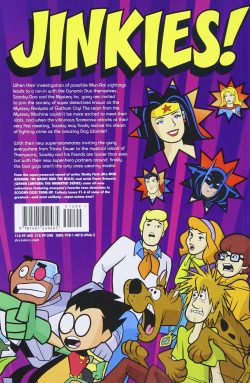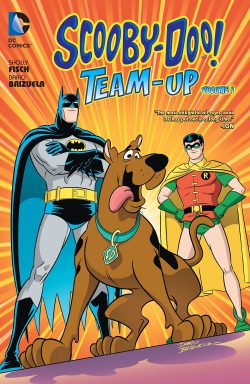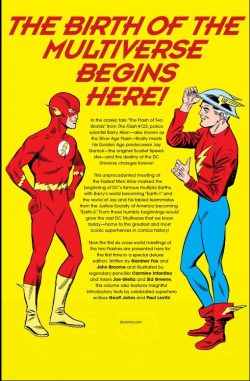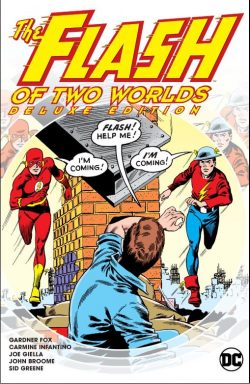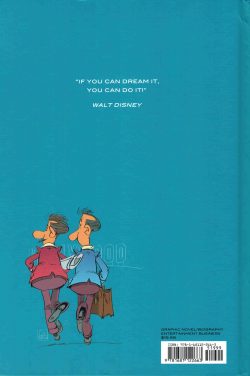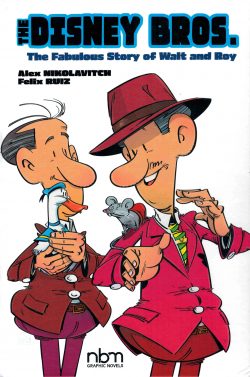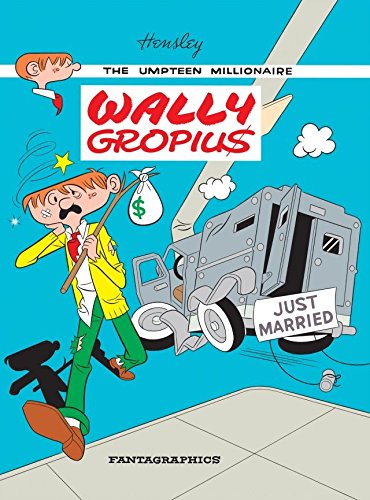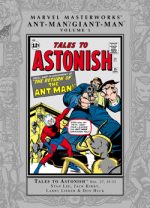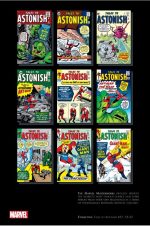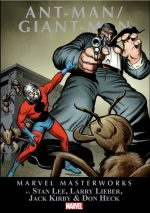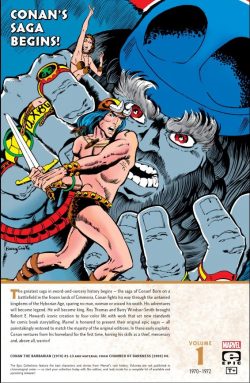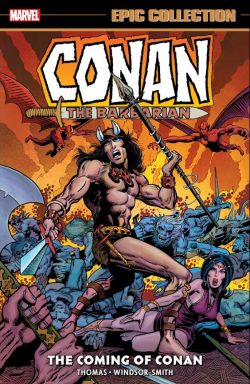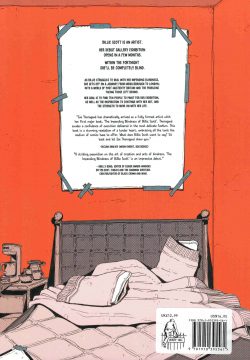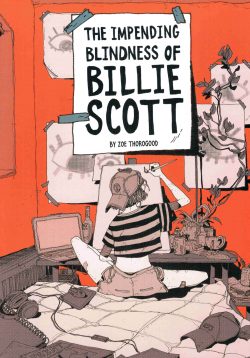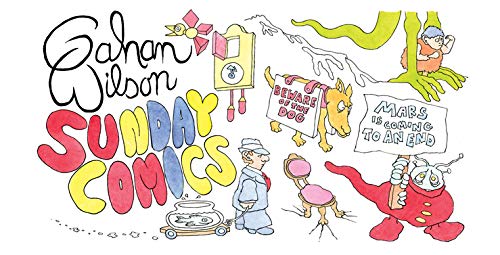
By Gahan Wilson (Fantagraphics Books)
ISBN: 978-1-60699-612-6 (HB)
Win’s Christmas Gift Recommendation: One Last Hard-Earned Laugh in the Face of the Toughest Holiday Season in Living Memory… 9/10
Born on February 18th 1930 and dying a year ago today, Gahan Allen Wilson was an illustrator, cartoonist, essayist and author who always had his eyes and heart set on the future. According to Gary Groth’s Afterword in this sublime collection, he and grew up reading comic strips as much as fantasy fiction.
It always showed.
The mordantly macabre, acerbically wry and surreal draughtsman tickled funnybones and twanged nerves with his darkly dry graphic confections from the 1960s; contributing superb spoofs, sparklingly horrific and satirically suspenseful drawings and strips and panels as a celebrated regular contributor in such major magazines as Playboy, Collier’s, The New Yorker and others. He also wrote science fiction for Again Dangerous Visions, The Magazine of Fantasy & Science Fiction, The Twilight Zone Magazine and Realms of Fantasy as well as contributing criticism, book and film reviews for them all.
In an extremely broad and long career he wore dozens of creative hats, even embracing the modern digital universe by creating – with Byron Preiss – his own supernatural computer game, Gahan Wilson’s the Ultimate Haunted House.
When National Lampoon first began its devastatingly satirical (geez, do modern folk even recognize satire anymore?) all-out attack on the American Dream, Wilson was invited to contribute a regular strip to their comics section. His sublimely semi-autobiographical, darkly hilarious paean to lost childhood ran from 1972 and until 1981 and was collected as Nuts, another superb compilation from this publisher that you should own and share.
Few people – me included – knew that during that period he also, apparently more for fun and relaxation than profit, produced his own syndicated Sunday strip feature. For two years – beginning on March 3rd 1974 – Gahan Wilson Sunday Comics appeared in a small cross-section of newspapers from Boston to Los Angeles and, as with all his work, it bucked a trend.
At a time when most cartoonists were seeking a daily continuity strip, building a readership and eking jokes out with sensible parsimony, Wilson let himself go hog-wild, generating a half-dozen or so single-shot gags every Sabbath, blending his signature weird, wild monsters, uncanny aliens and unsavoury scenes with straight family humour, animal crackers, topical themes and cynically socio-politically astute observations.
Looking at them here it’s clear to me that his intent was to have fun and make himself laugh as much or even more than his readership; capturing those moments when an idea or notion gave him pause to giggle whilst going about his day job…
I’m not going to waste time describing the cartoons: there are too many and despite being a fascinating snapshot of life in the 1970s they’re almost all still outrageously funny in the way and manner that Gary Larson’s Far Side was a scant six years later.
I will say that even whilst generating a storm of humorous, apparently unconnected one-offs, consummate professional Wilson couldn’t restrain himself and eventually the jokes achieved an underlying shape and tone with recurring motifs (clocks, beasts, wallpaper, etc), guest appearances by “The Kid†(from Nuts) and features-within-the-feature such as The Creep and Future Funnies…
Collected in a gloriously expansive (176 pages, 309x162mm) full-colour, landscape hardback, as well as in digital formats, this complete re-presentation of a lost cartooning classic offers a freewheeling, absurdist, esoterically banal, intensely, trenchantly funny slice of nostalgia. These fabulous joke page compendiums range from satire to slapstick to agonising irony and again prove Wilson to be one of the world’s greatest visual humourists.
This is a book no fan of fun should miss and, with Christmas oppressively bearing down on us, could be a crucial solution to the perennial “what to get him/her/them/they†question…
All comic strips © 2013 Gahan Wilson. This Edition © Fantagraphics Books, Inc. All rights reserved.

